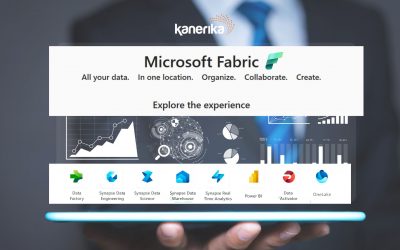President of Avrio Institute and New York Times Best Selling Author, Shawn DuBravac once said: “It took about 20 years to get to where we are today. I would argue the next big transformation is now upon us, as we move from digitization to datafication.”
Nowhere is this truer than in the US healthcare industry, which has long been plagued by the absence of technological advancements. While industries like Supply Chain Management have capitalized on leveraging data analytics and RPA in their operations, healthcare businesses remain confined to using legacy systems for data management.
Currently, the healthcare industry works hard to manage their data; instead, they should focus on making their data work for them. After all, data is the most valuable asset a business owns.
Healthcare businesses seem to be recognizing this wave of datafication. According to a report by Global Market Insights, the healthcare analytics market was valued at USD 12.3 billion in 2021 and is projected to grow at a CAGR of 11.8% between 2022 and 2030, propelled by the emergence of personalized and evidence-based medicine.
However, today’s healthcare businesses are swamped with operational inefficiencies that eat into their profits.
Haphazard data management, lack of proper data practices, and the slow acceptance of tech in healthcare stand as the biggest challenges for the industry in 2024. But all is not lost
Amidst this crisis, Microsoft’s recently released data analytics platform, Fabric, could be the healthcare industry’s saving grace. Armed with numerous effective tools and AI-driven processes within its interface, Fabric can help healthcare businesses optimize their data management and maximize their business insights.
In this article, we will delve into the primary challenges plaguing the healthcare industry today and illustrate how Fabric stands uniquely equipped to address these pressing issues.
Table of Contents
- Making Data Accessible: Microsoft Fabric’s Unified Data Interface
- Microsoft Fabric: Leveraging Predictive Analytics for Proactive Healthcare
- Data Protection & Security: Microsoft Fabric’s Solution For Healthcare Breaches
- Data Automation with Microsoft Fabric Will Revolutionize Healthcare
- Accelerating Research and Drug Discovery through Data Analytics
- How Microsoft Fabric Facilitates Enhanced Research and Drug Discovery
- A Data-Driven Healthcare Industry is Possible with Microsoft Fabric
Making Data Accessible: Microsoft Fabric’s Unified Data Interface
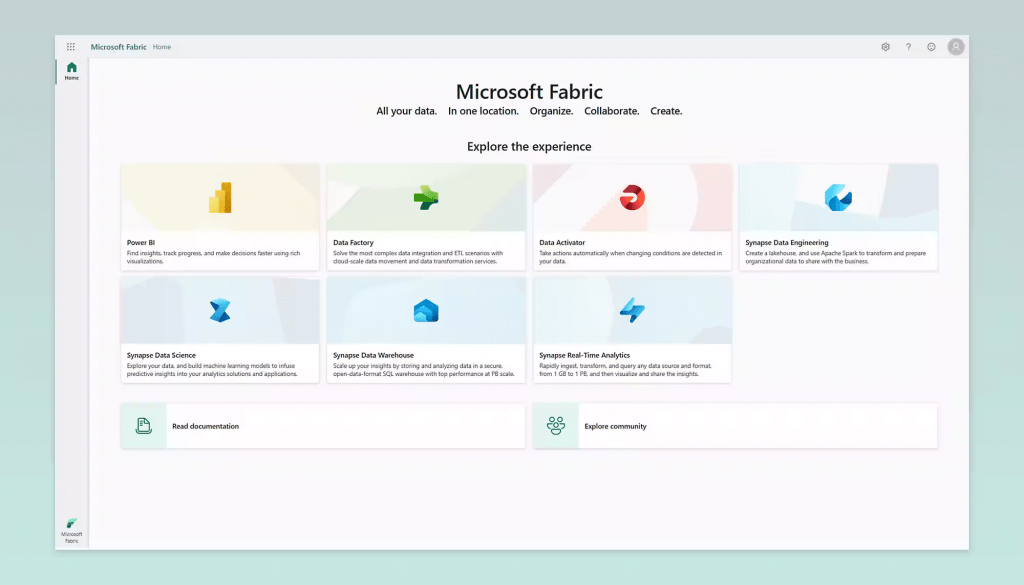
Data accessibility is always the first step of the data analysis pipeline – how can businesses leverage their data for insights if that data is unobtainable or scattered?
Moreover, healthcare is a sector that is constantly dealing with various kinds of data – medical records, prescriptions, test reports etc. Disparate data sources, inconsistent formats, and the sheer volume of data generated daily already pose significant hurdles for the industry.
For instance, in 2020, healthcare professionals grappled with a staggering 2,300 exabytes of medical data. For context, 2,300 exabytes is enough data to fill up nearly four million laptop hard drives.
These issues with retrieving quality data impede the smooth flow of information and potentially compromise the quality of patient care. Hence, the need for a system that ensures data accuracy, consistency, and reliability is more pressing than ever.
This is where Microsoft Fabric provides a logical solution. By providing an end-to-end data pipeline architecture within a SaaS platform, Fabric opens up the barriers faced previously by non-technical users and makes data analytics extremely transparent and easy.
The game-changer here lies in Fabric’s ability to use a standardized storage solution through OneLake, and a common data format in Delta Parquet. This allows all users in a typical data pipeline to access data through a common location and format, reducing the need for additional copies of the same data and maintaining data hygiene throughout the system.
By making data accessible, Microsoft Fabric clears one of the largest hurdles faced by healthcare. The challenge of storing, searching and sharing data in a single platform.
Read More – What Is Microsoft Purview: The Key to Unlocking Effective Data Governance
Microsoft Fabric: Leveraging Predictive Analytics for Proactive Healthcare
Every year, 1.5 million lives are lost to diabetes. Imagine the impact of averting 30% of these fatalities, identifying the risk before the situation escalates. Predictive analysis shifts the care model to a more anticipatory approach, focusing not only on treating ailments but also on foreseeing and preventing them.
Utilizing historical and current data to forecast future trends, predictive analytics facilitates various medical benefits for patients. Benefits such as early disease identification, limited doctor-patient consultations, and more accurate patient test results are some of the most beneficial aspects of this technology.
However, the integration of predictive analytics in healthcare has been slow, primarily due to a lack of skilled IT professionals and data integrity issues, as highlighted in a report by the Society of Actuaries.
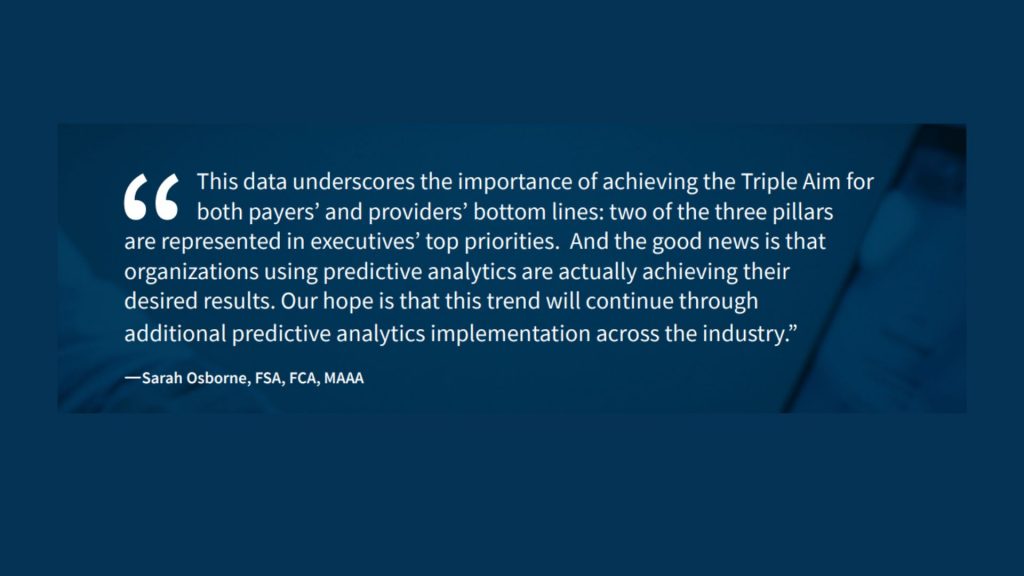
To bridge this gap, Microsoft Fabric steps in with its advanced AI integration. Fabric excels in processing extensive data sets, assisting in discerning patterns and tendencies that can be instrumental in early disease detection and intervention. Furthermore, it enables healthcare professionals to make well-informed decisions based on data-driven insights.
Using Microsoft Fabric’s extensive analytics features, healthcare providers can better anticipate potential illnesses and take early preventive measures. They can also improve resource management by predicting patient flow variations and adjusting staff arrangements based on detailed patient data.
In addition, the platform can assist in foreseeing severe epidemic scenarios. Machine learning and substantial computational resources facilitate this process. It even enables professionals to predict the spread of infectious diseases by analyzing diverse data sources like weather reports, case reports, population density, and economic indicators.
Fabric facilitates a seamless and efficient analytics process by offering an end-to-end unified analytics platform that amalgamates essential tools like Azure Data Factory, Azure Synapse Analytics, and Power BI.
Read More – Microsoft Copilot vs ChatGPT: Choosing the Right AI Titan
Data Protection & Security: Microsoft Fabric’s Solution For Healthcare Breaches
According to a report shared by IBM, data breaches within the healthcare sector often rank as the most expensive.
While the average financial impact of data breaches across various sectors is $4.45 million, the healthcare industry surpasses this. Thus, witnessing an alarming average cost of $10.93 million per breach. Integrating multiple digital technologies within a single system has further amplified the risk.
This calls for unified solutions that can present healthcare businesses with a single platform to work with, ensuring that there is no data exchange outside the platform.
Microsoft Fabric’s core USP resonates well with this demand. By offering an end-to-end solution, Microsoft promises security and data governance like no other solution can claim.
Leveraging tools like Azure Active Directory for stringent access control, Microsoft Fabric ensures data encryption and regulatory compliance. Therefore, safeguarding sensitive information from unauthorized access. Furthermore, Microsoft Purview is integrated into Fabric to provide scalable governance and compliance capabilities.
Here is how Purview strengthens data security within Microsoft Fabric for healthcare organizations:
Consistent Sensitivity Labels: Purview maintains the consistency of sensitivity labels during data transfers from the lakehouse to Office through Fabric. This ensures proper data classification and management throughout the transfer process.
Automated Sensitive Data Detection: Purview enhances data security by automating the detection of sensitive information, aligning with data loss prevention policies and adding an additional layer of security.
Transparent Auditing: Purview offers comprehensive auditing capabilities, facilitating a transparent and accountable data handling process, which builds trust in the system.
Data Automation with Microsoft Fabric Will Revolutionize Healthcare
The US Healthcare industry clearly aspires to reach a position where data automation can power their day-to-day operations. While the human touch has always been valued in healthcare, routine-based data-related tasks are always preferred to be automated. This leaves less room for errors and improves the overall efficiency of the business.
In fact, such is the demand for data automation within healthcare; that the industry is projected to reach a valuation of $94.68 billion by 2027. We covered this trend in our recent article highlighting the importance of data automation in healthcare.
However, implementing data automation within healthcare is a different challenge.

A popular quote by Bill Gates is quite relevant to our discussion.
He said, ”The first rule of any technology used in a business is that automation applied to an efficient operation will magnify the efficiency. The second is that automation applied to an inefficient operation will magnify the inefficiency.”
The key challenge faced by healthcare lies in seamlessly integrating vast amounts of raw data from various sources and churning out good data through the data pipeline. The lack of technology within healthcare institutions especially exacerbates this difficulty.
To implement data automation, the healthcare industry must first address the elephant in the room – the lack of streamlined operations. Microsoft Fabric stands to offer plenty to help healthcare businesses.
Leveraging OneLake, Microsoft Fabric functions as the core storage facility for data at every stage of the data management cycle. Its capabilities are akin to OneDrive, yet customized to meet the specific demands of data management, offering the following advantages:
Centralized Access:
OneLake serves as a unified data hub, facilitating organization-wide access. This central repository enhances data security and governance and eliminates the need to sift through various platforms to retrieve data.
Streamlined Data Management:
OneLake optimizes data management by avoiding data duplication and utilizing a singular copy across diverse processes, thereby reducing storage and server costs. This streamlined approach results in faster data processing cycles.
Accessible Data Discovery:
The OneLake hub makes data management and discovery straightforward. It proves particularly beneficial for business users by providing quick access to essential data, facilitating informed business decisions.
Add the industry-leading Delta Parquet storage format’s introduction to Fabric, and we have the perfect solution for the healthcare industry. One standard data format does miracles for data quality and eliminates data replication. Industries dealing with huge volumes of data often face this as their greatest challenge.
Accelerating Research and Drug Discovery through Data Analytics
In 2022, the pharmaceutical sector witnessed a plateau in the research and development pipeline, with a mere 2% growth over two years, housing 6,147 products in various stages of development.
The traditional drug discovery and research approach is fraught with challenges, including time-consuming data analysis processes and the lack of real-time insights. Data silos further exacerbate the issue, preventing the seamless integration of vital information from various sources.
Moreover, data fragmentation and security concerns often hinder the development of precision medicine and personalized therapies. Thus, slowing the pace of innovation and limiting the potential for groundbreaking discoveries.
How Microsoft Fabric Facilitates Enhanced Research and Drug Discovery
In this scenario, Microsoft Fabric offers innovative solutions through a data analytics platform powered by artificial intelligence. The platform is adept at processing extensive data volumes. Simultaneously, unlocking real-time insights that can accelerate the pace of research and drug discovery.
Fabric integrates technologies like Azure Data Factory, Azure Synapse Analytics, and Power BI into a single unified product. This empowers data and business professionals alike to unlock the potential of their data. Henceforth, lay the foundation for the era of AI-driven data analytics. However, the addition of Copilot, Microsoft’s AI Assistant for Fabric, can be a real game changer for users.
With Copilot, users can now create data reports in mere seconds, generate calculations, pose questions about their data, and craft summaries. All through the capabilities of an LLM-powered AI system. Coupled with Power BI, Copilot lets users get key data insights in mere seconds. Meanwhile, getting access to detailed visualizations highlighting keydata trends.
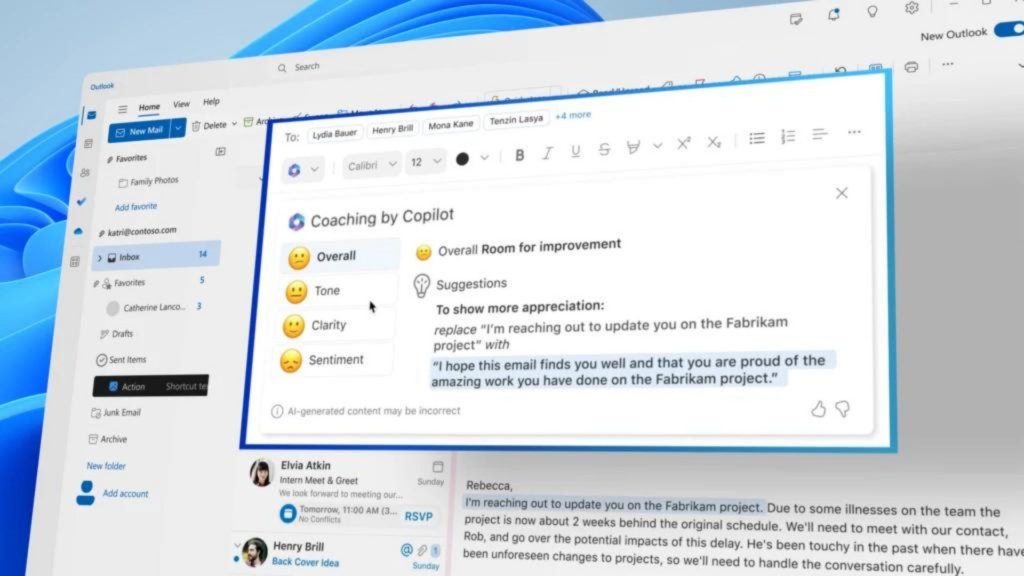
This integration with Copilot elevates Fabric’s usefulness for data analytics. Thus, making the process even more accessible to business users. They can rely solely on Copilot to extract all the data insights they need from the Fabric ecosystem.
The Magic of Cost Savings & Time Management
The potential time and resource savings for healthcare and pharmaceutical businesses are immense. Especially considering how labor-intensive and time-consuming the processes were before Fabric’s introduction.
Researchers can now analyze extensive datasets encompassing patient demographics and medical histories more effectively. This will help in identifying patterns and correlations that might be overlooked by traditional methods. Therefore, potentially reducing the drug development timeline by up to 50%.
Furthermore, Fabric fosters a collaborative environment, integrating various tools and technologies to streamline workflows and enhance interoperability. This is a critical aspect of healthcare. Here, data from diverse sources must be seamlessly integrated to foster the development of personalized and more effective treatments.
By addressing the challenges posed by poor data management and multiple data systems, including privacy concerns and potential data biases, Microsoft Fabric stands as a potential market leader. Fabric is poised to revolutionize drug discovery and usher in a new era of medical research. Which is characterized by efficiency, innovation, and groundbreaking discoveries.
A Data-Driven Healthcare Industry is Possible with Microsoft Fabric
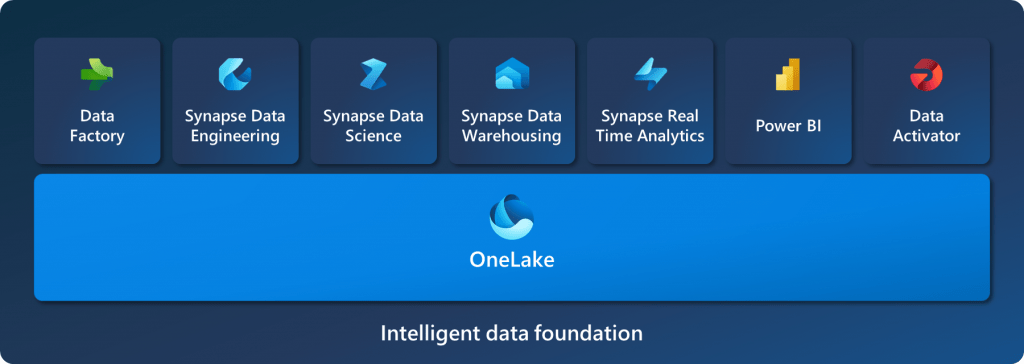
We have mainly spoken about the data challenges that healthcare companies face today. Yet, we should not dismiss the efforts undertaken.
In 2019, the non-profit Penn Medicine of the University of Pennsylvania developed a dashboard that leveraged its electronic health record (EHR) vendor’s real-time data streams. Developers created this to minimize the duration of mechanical ventilation for patients.
In the words of Dr. Barry Fuchs, the medical director of the Medical Intensive Care Unit at Penn Medicine, “…Although these ventilators save the lives of patients, they’re associated with risks and complications – we are trying to give our patients a better chance at life.”
Imagine the solutions Microsoft Fabric can unlock in this context. Its offerings, such as the Data Activator and Copilot can stand to give a no-code, fully automated experience to non-technical users. This can allow healthcare analysts or professionals to derive key business insights and drive actions from those data automatically.
Perhaps the day isn’t far when the healthcare industry can surpass other industries in its usage of technology. Platforms like Microsoft Fabric give healthcare businesses a chance to redefine their operations and prioritize patient care and efficiency. Only this time, they will have AI-driven data management to help them reach their vision.




